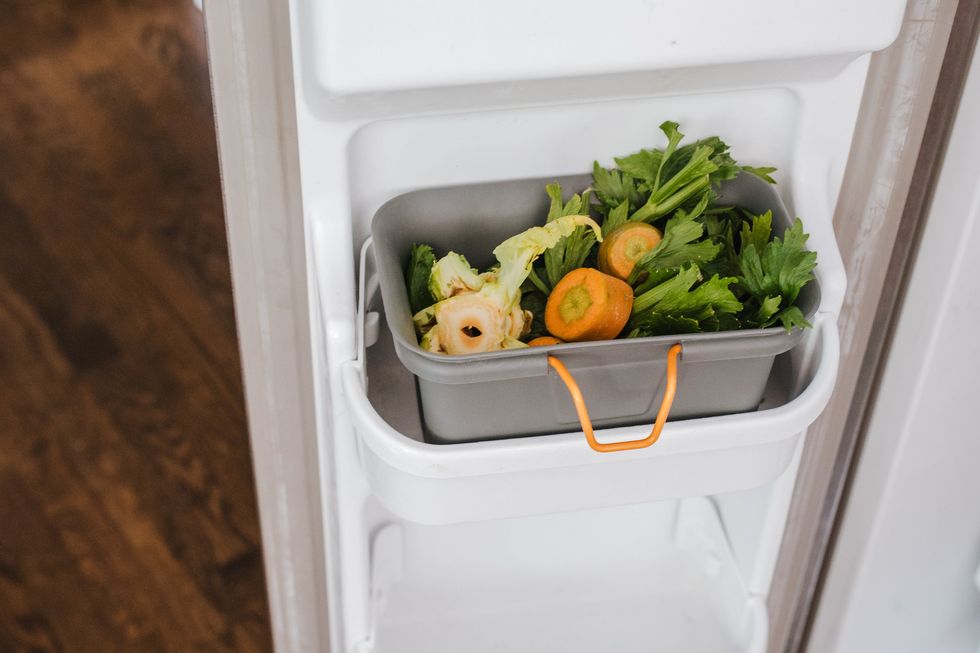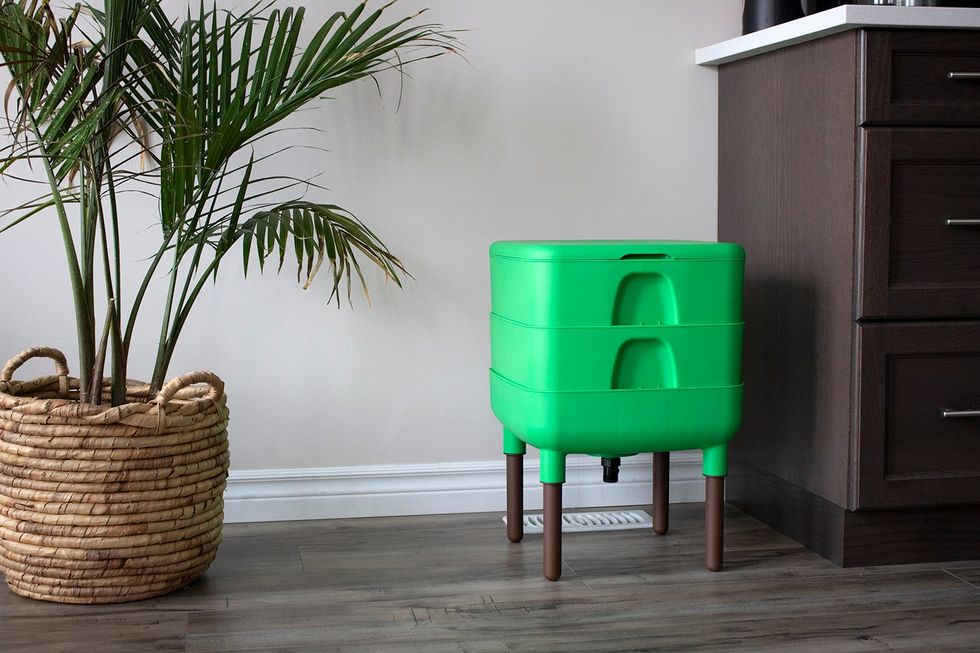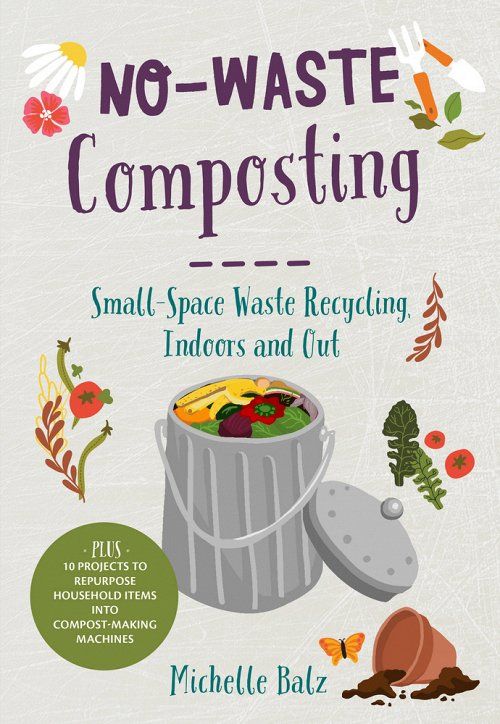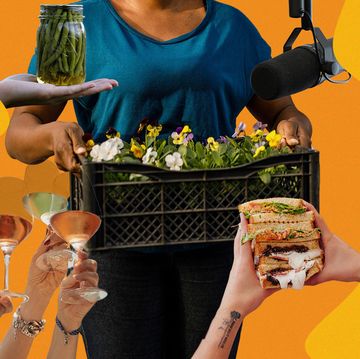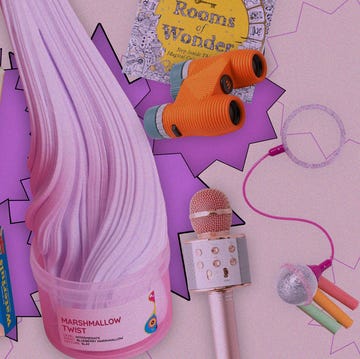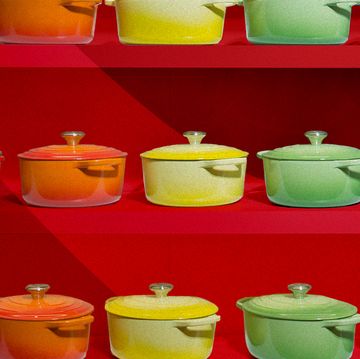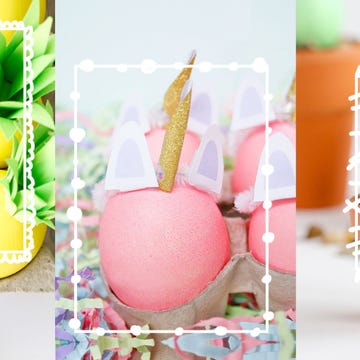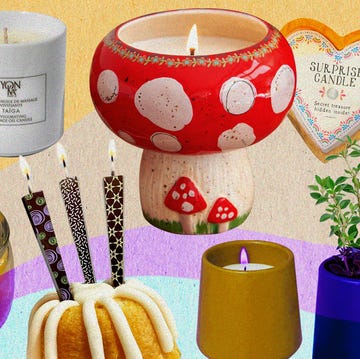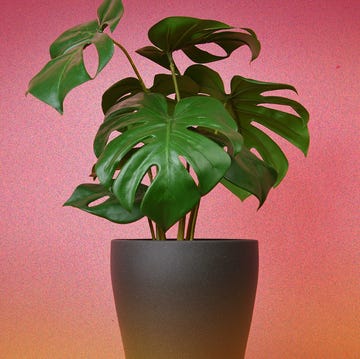Composting is essentially another form of recycling, yet it seems much more daunting than simply chucking a seltzer can in a blue bin. On average, Americans waste 25 percent of the food they buy, and only five percent of food is composted in the U.S. Discarded food is the single largest component of municipal solid waste.
Christopher Griffin, the author of the gardening guide You Grow, Gurl!, who affectionately refers to their plants as “gurls,” says spring is a prime time to make composting part of your daily routine once and for all. “While I fertilize my plants year-round — much less in the fall and winter — the arrival of spring means my green gurls,” Griffin says, “are strutting into growing season.”
Made up of a variety of organic substances and beneficial microbes, compost retains moisture and slowly releases nutrients important for plant growth. The act of composting is also beneficial for the environment, helping to reduce the massive amounts of methane produced by food waste in landfills.
“Composting is a wonderful and sustainable way to provide your green gurls with the nutrients they love and enjoy,” says Griffin, who notes that compost ideally contains three parts brown matter (like dried leaves or grass, shredded newspaper, and other carbon-rich materials) and one part green matter (such as vegetables and food scraps, grass clippings, coffee grounds, tea bags, and other nitrogen-rich materials).
If you’re looking to begin your composting journey, here are tips on how to decide which method is best for your living situation and where you can find more information to ensure composting is an easy and enjoyable process.
Be mindful
Before you start composting, consider how you can reduce food waste even before it’s tossed. Never buy more than you need. When planning meals for the week, shop based on recipes that reuse ingredients. For instance, if you’re making lamb with sautéed mushrooms and shallots, use the leftover mushrooms and shallots the next day in an omelet with goat cheese and a bit of thyme, then use the rest of the goat cheese in a salad and the thyme in roasted vegetables.
Freeze meat and vegetables before they go totally bad, and use bones and discarded veggies to make stocks. Instead of disposable plastic bags or flimsy plastic containers, which are not compostable or recyclable, invest in sturdy glass containers and reusable bags. There are also food hacks that will increase the shelf life of food in your pantry, such as keeping brown sugar soft with marshmallows.
Outsource the job
Composting isn’t necessarily something you must do yourself. Many municipalities now separately handle yard and food waste. In Minneapolis, for example, the city provides drop-off sites for organic material. Meanwhile, Phoenix offers large composting bins for $5 a month that are picked up alongside recycling and other trash. Research what collection and drop-off services are available in your town. Most of these services will in turn give you back free compost.
Choose the right container
There are several stylish caddy options from Simple Human, Oxo, and Joseph Joseph to securely store food waste indoors before transferring it to a larger outdoor bin, taking it to a composting site, or arranging for it to be picked up. You can easily scrape stuff like vegetable skins and peels into these containers for composting.
Concerned about smells? A caddy like Full Circle’s Scrap Happy collector and freezer compost bin is designed to keep food debris in the freezer to manage unseemly odors. You can freeze scraps until you’re ready for the next step in composting.
For those with yard space interested in doing large-scale composting themselves, a tumbler bin like EJWOX’s dual-chamber rendition is a great solution. You need to turn it a few times a week to mix organic material with microbes and infuse oxygen. The sealed container increases heat, which helps speed up the composting process and keeps animals away. For those with a balcony or smaller yard, Miracle-Gro offers a smaller option.
Welcome worms
One of the best-known forms of composting, vermicomposting utilizes different species of worms to break down compostable material. (Basically, they eat your scraps and poop out usable compost.) It might sound gross, but it’s one of the easiest and most eco-friendly ways to compost.
The Hot Frog Essential Living Composter is ideal for beginners interested in getting into vermicomposting. Colorful trays are stacked on each other, so you can add one once they fill, and the worms can vertically migrate. The unit also features a container to trap worm tea, a liquid that boosts microbiological activity in soil by adding bacteria, fungi, actinomycetes, and protozoa.
Think about fermentation
If worms make you squeamish, bokashi composting is a wiggler-free method that’s faster too. Bokashi is a Japanese word meaning “fermented organic matter.” Developed in the early 1980s, this form of composting employs layers of microbe mix to break down organic material. It typically takes only about 10 days to produce nutrient-rich compost. There are several kits that come with everything you need to get started.
Go electric
If you don’t have outdoor space, consider an indoor composting machine like the Lomi, Vitamix FoodCycler, and Reencle Prime. These small appliances plug into an electrical outlet and use heat and agitation to break down waste much more quickly than other ways of composting.
“We need to work on consuming less,” says Jeremy Lang, whose company Pela created Lomi as well as the world’s first compostable phone case. “I understand it is difficult to change or give up certain habits and lifestyles, but there are plenty of little fixes people can do throughout their day-to-day to reduce waste.”
Ranging from $300 to $500, the machines are more expensive than other options that are better for the environment, but they promise not to attract critters and will provide an opportunity for you to craft your own compost.
Understand what’s compostable
As with other recycling materials, do not assume all food waste can be composted. In fact, some items can actually be harmful when introduced to compost. Check the guidelines first however you plan to compost. Generally, meat and bones are not compostable in most places.
Keep growing
After you start composting, it’s vital to learn more about your process. There are many places on the internet dedicated to sharing tips and information about composting, such as the Facebook group Come, Post Your Compost and the composting Reddit. These forums are great places to ask for tips when efforts go awry, like if your compost is too smelly or not decomposing fast enough.
Many governmental agencies, nonprofit groups, educational institutions, and community gardens offer composting classes. And the books Composting for a New Generation and No-Waste Composting are also good resources.
Nylah Burton is a Chicago-based writer. Follow her on Twitter @yumcoconutmilk.
Get Shondaland directly in your inbox: SUBSCRIBE TODAY


